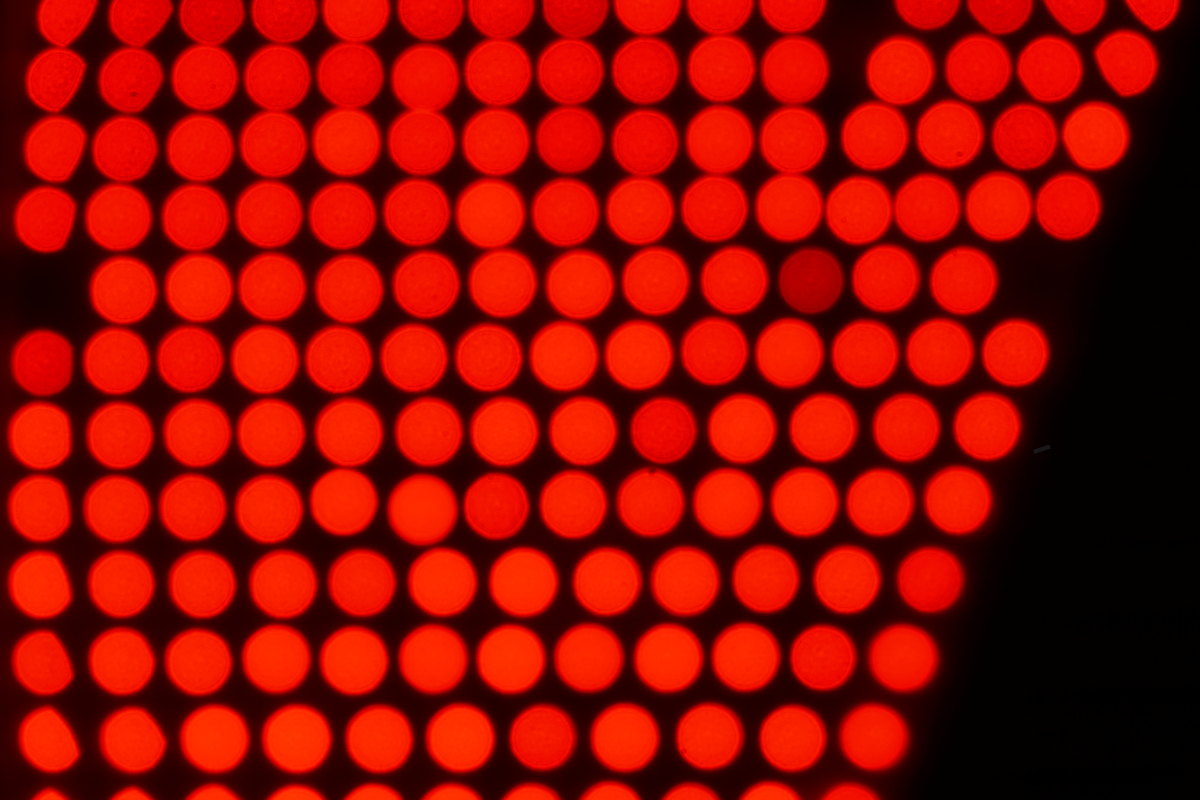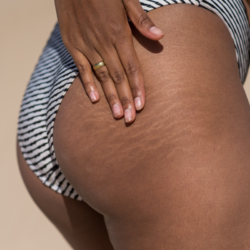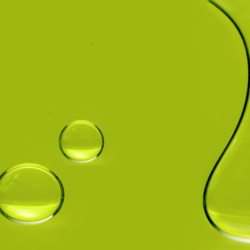We’ve always been looking for ways to keep our skin looking young and beautiful. Today, there is growing interest in an innovative method backed by science: red light therapy. Used in dermatology and aesthetic medicine, it promises numerous benefits for the skin. But how exactly does it work, and why is it so effective?
Understanding photobiomodulation: how does red light work?
Red light therapy is based on a phenomenon known as photobiomodulation. This process uses light of a specific wavelength, between 630 and 700 nanometres, which penetrates the deep layers of the skin. Unlike UV light, which can be harmful, this light naturally stimulates cellular activity and encourages tissue regeneration. This is why it has been used for years in medicine, in particular to accelerate wound healing and reduce inflammation.
NASA played a key role in discovering the benefits of red light. In the 1990s, its researchers were looking for ways to speed up astronauts’ recovery from space missions. They found that red LEDs stimulated cellular energy and accelerated tissue regeneration, paving the way for use in dermatology.
What is red light therapy?
Now that we’ve seen how red light works, let’s look at why it’s so widely used in dermatology and aesthetic medicine. This non-invasive technology exploits the properties of red and near-infrared LEDs to improve the appearance and health of the skin.
Red light therapy, also known as photobiomodulation, uses wavelengths of red and near-infrared light to treat a variety of skin problems. This non-invasive therapy is renowned for its beneficial effects on skin rejuvenation,acne, wrinkles and scars.
How does red light therapy work?
When red light penetrates the skin, it triggers a series of biological reactions that promote cell regeneration and visibly improve the quality of the epidermis. Its action is based on stimulating the mitochondria, the cells’ energy powerhouses, which then increase their production of ATP (adenosine triphosphate). This extra energy enables the cells to function optimally and accelerate the skin’s natural repair processes.
One of the most sought-after effects of red light therapy is its ability to stimulate the synthesis of collagen and elastin, two essential proteins that provide the skin with firmness and elasticity. By strengthening these support structures, the skin becomes smoother, more toned and more resistant to the signs of ageing.
At the same time, red light has anti-inflammatory properties that help to soothe irritation and reduce redness, making it an ideal ally for sensitive skin or skin prone to chronic inflammation. Its action on microcirculation also improves the supply of oxygen and nutrients to skin cells, promoting better tissue regeneration and a more radiant complexion.
Thanks to these multiple benefits, red light therapy is now widely used to firm the skin, reduce wrinkles and imperfections and accelerate healing. It is a non-invasive and effective solution for improving the health and appearance of the skin, with visible results over the course of several sessions.
Thanks to these combined actions, red light is now used to firm the skin, reduce wrinkles and scars and calm skin inflammation.
How do I use light therapy?
Red light therapy has become an indispensable solution in dermatology and aesthetic medicine. It is used both in specialist practices and at home, making this technology accessible to a wide audience. In clinics, professionals use high-intensity LED devices, capable of targeting skin tissue in depth for faster, optimal results. At home, devices such as LED masks or portable lamps make it easy to enjoy the benefits of red light.
To maximise the effectiveness of the treatment, regular sessions, generally lasting between 10 and 20 minutes, are recommended several times a week. Consistency plays a key role in achieving visible results, particularly in improving skin elasticity, reducing the signs of ageing and diminishing skin imperfections.
Are there any precautions to take?
Although red light therapy is safe and non-invasive, certain precautions are recommended:
✔️ Avoid prolonged exposure to limit any skin irritation.
✔️ Do not use if you are sensitive to light or taking photosensitising medication.
✔️ Always check the quality of the device used (medical or dermatological certification).
Red light therapy is an effective solution for improving skin health. By naturally stimulating cell regeneration, it helps to prevent skin ageing, repair the skin and reduce inflammation.
Thanks to its natural effects on the skin, red light is now considered a major asset in dermatology. Research is continuing to refine its applications and better understand its long-term effects.
Source:
- Lee, M. H., Lee, G. A., Song, J. Y., Jung, S. E., Shin, J. Y., Lee, J. H., Kim, Y. H., & Kim, D. H. (2017). Evaluation of phototherapy using Light-emitting diodes (LEDs) alone and in combination with light-activated compound of LED-ALA in Korean melasma patients: a prospective, randomized, open-label, clinical trial. Journal of Cosmetic Dermatology, 16(4), 523-529.
- Avci P, Gupta A, Sadasivam M, Vecchio D, Pam Z, Pam N, Hamblin MR. (2013). Low-level laser (light) therapy (LLLT) in skin: stimulating, healing, restoring. Seminars in Cutaneous Medicine and Surgery, 32(1), 41-52.
- Barolet D, Roberge CJ, Auger FA, Boucher A, Germain L. (2009). Regulation of skin collagen metabolism in vitro using a pulsed 660 nm LED light source: clinical correlation with a single-blinded study. Journal of Investigative Dermatology, 129(12), 2751-2759.
- LEDs in dermatology: A systematic review of randomized controlled trials
@soin.et.nature ?Découvrez le pouvoir du Collagène Marin 10g + Vitamine C de Nat&Form, disponible chez Soin-et-Nature! ?? ? La science est formelle : le collagène est la clé pour une peau éclatante et des articulations résistantes.?Mais avec l’âge, sa production naturelle diminue… Heureusement, Nat&Form est là pour vous aider! ??? ?Notre collagène marin, associé à la vitamine C, offre une véritable cure de jouvence pour votre corps. La vitamine C optimise l’absorption du collagène pour des résultats surprenants.?? ? Voyez votre peau s’épanouir, vos cheveux briller et vos articulations se renforcer à chaque dose quotidienne. Laissez-vous surprendre par votre propre transformation!?? Alors, n’attendez plus ! ?️ Cliquez sur le lien dans notre bio et commandez votre collagène Nat&Form dès aujourd’hui. Vous ne le regretterez pas! ? #collagene #collagen #beauty #skin #bellepeau #rides #antiage #antirides #relachementvisage #creepyskin #antiaging #wrinkles #retinol #glycolic #vitaminc #kbeauty #beautytips#SoinEtNature #NatEtForm #CollagèneMarin #VitamineC #PharmacieEnLigne #Santé #Bienêtre #BeautéNaturelle #AntiAge #TikTokSanté ????♀️?





